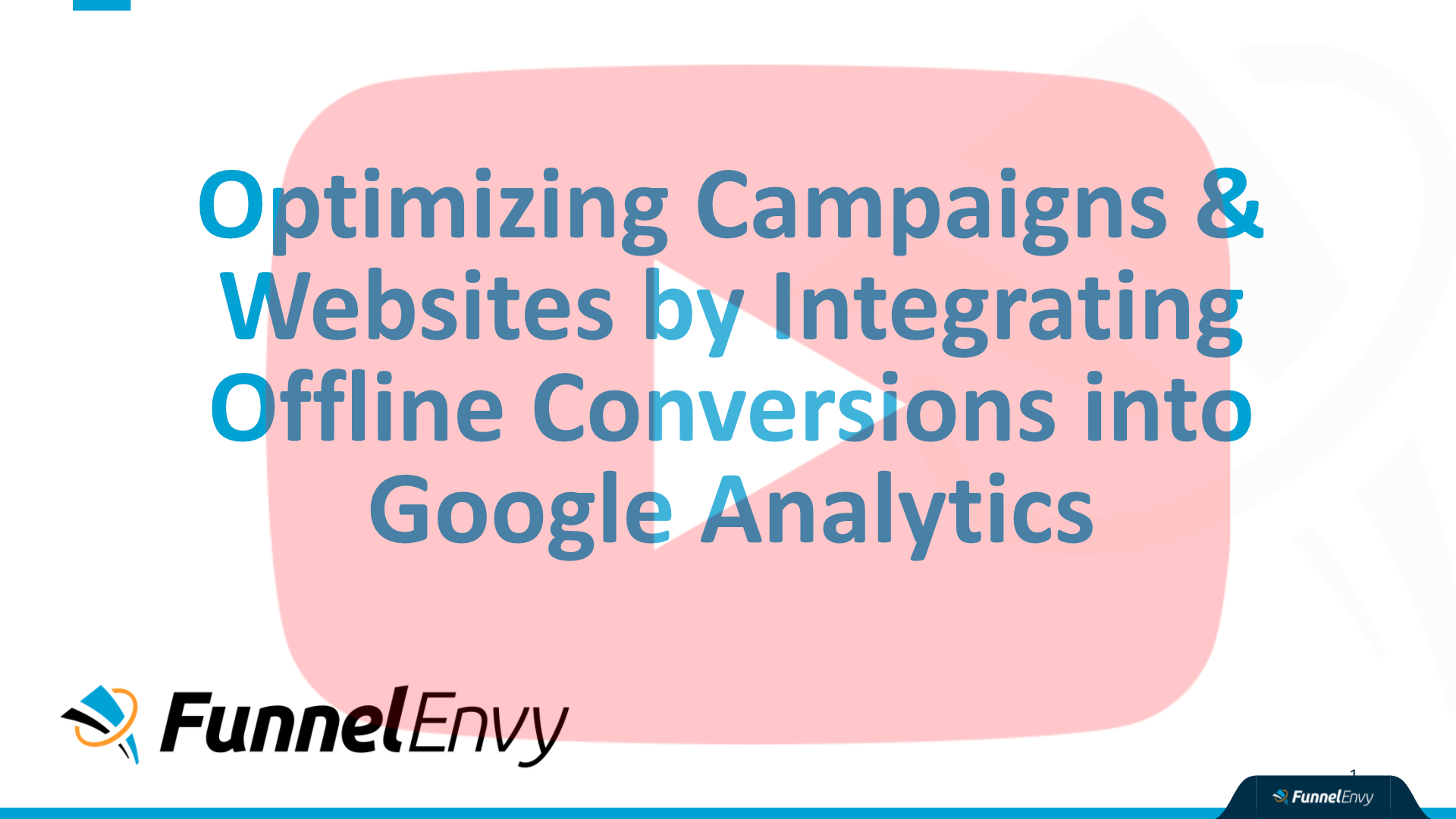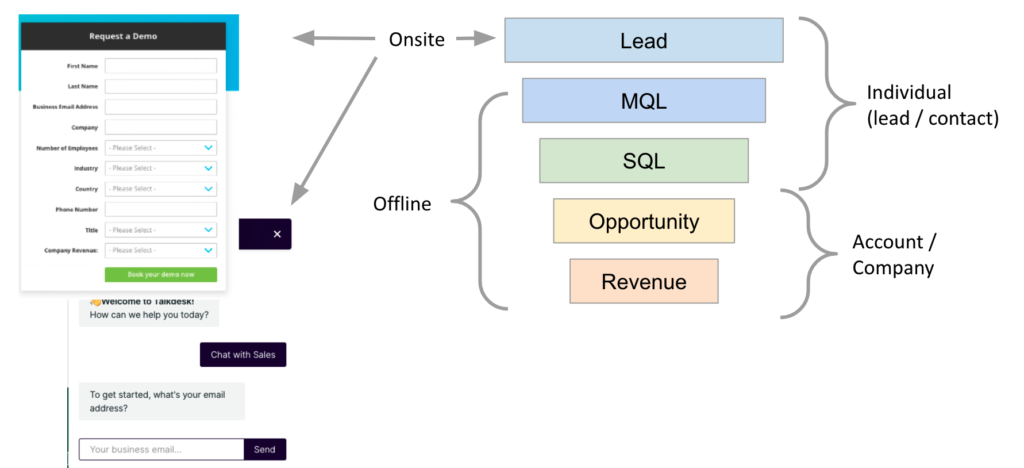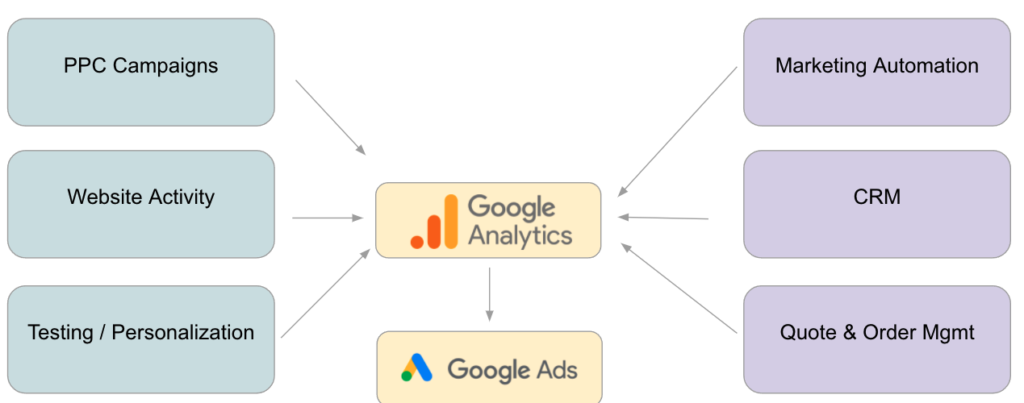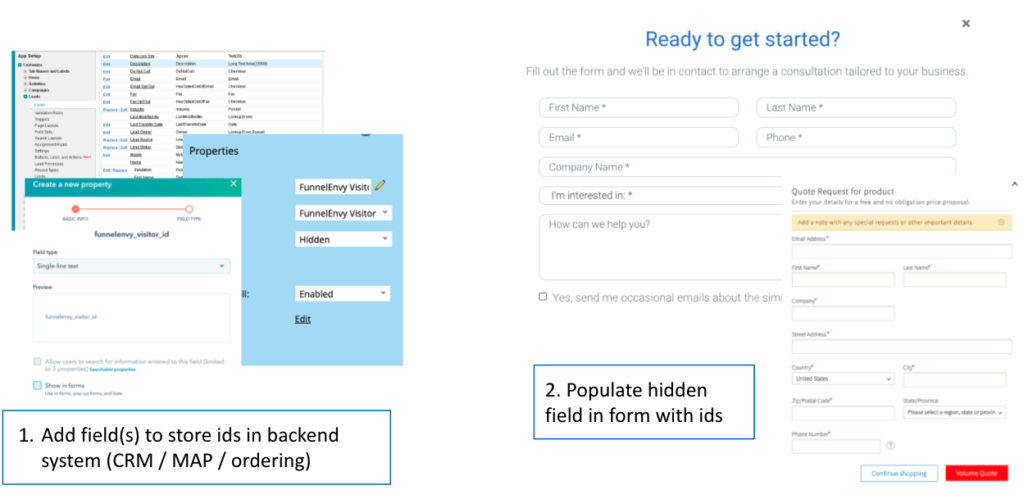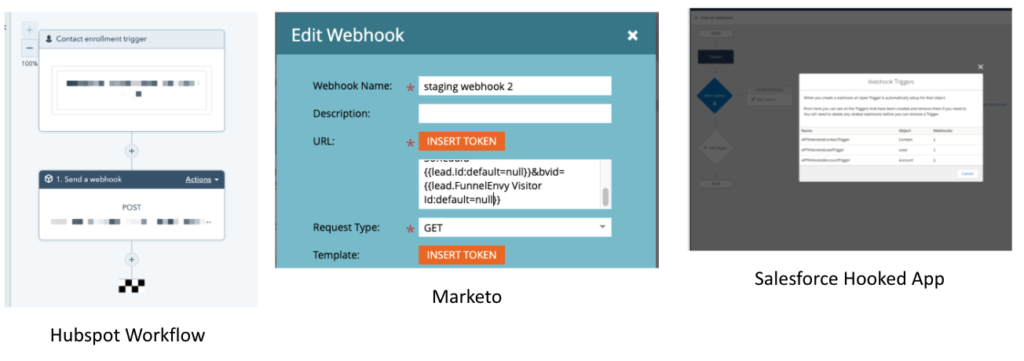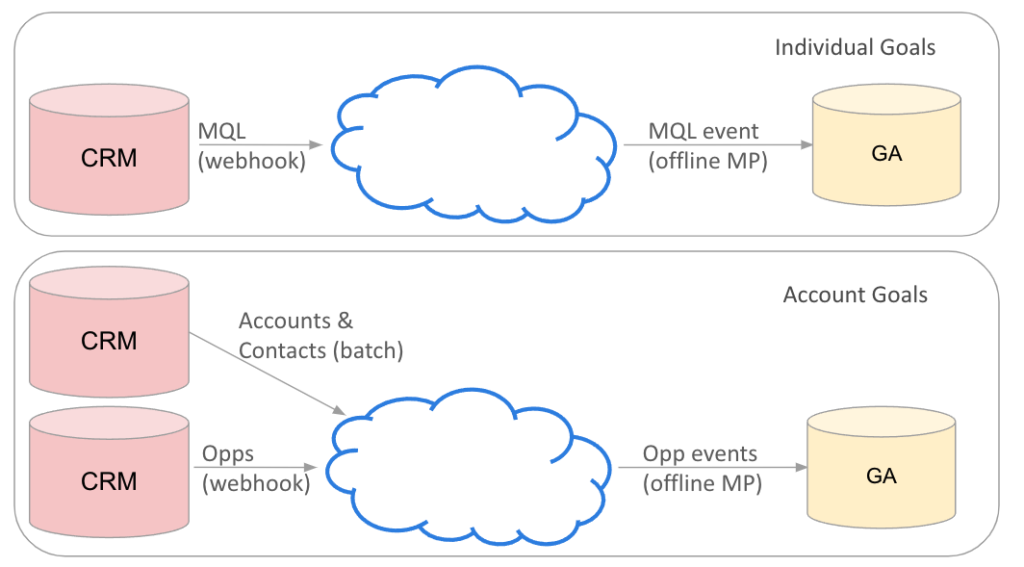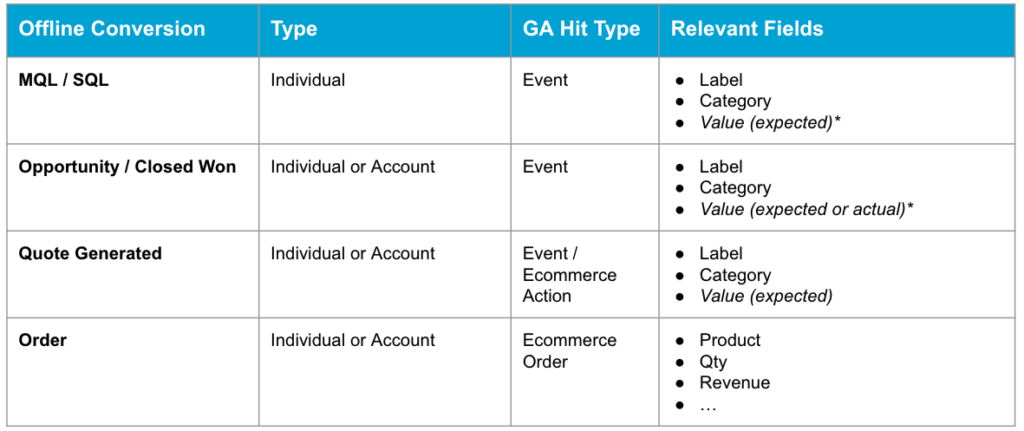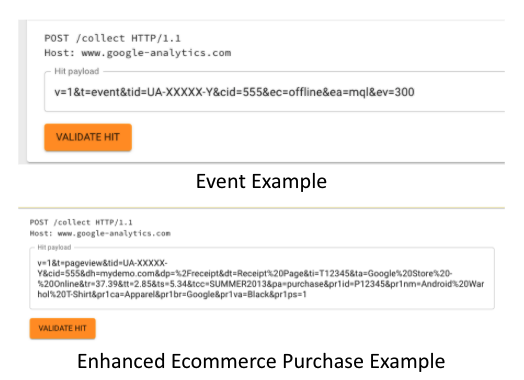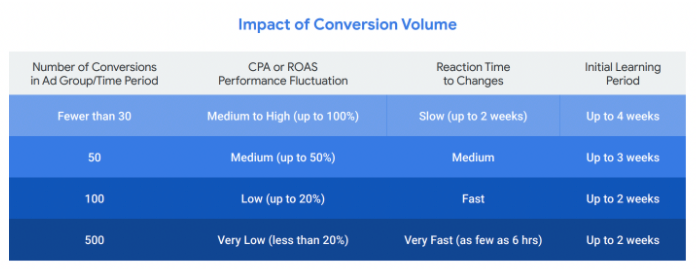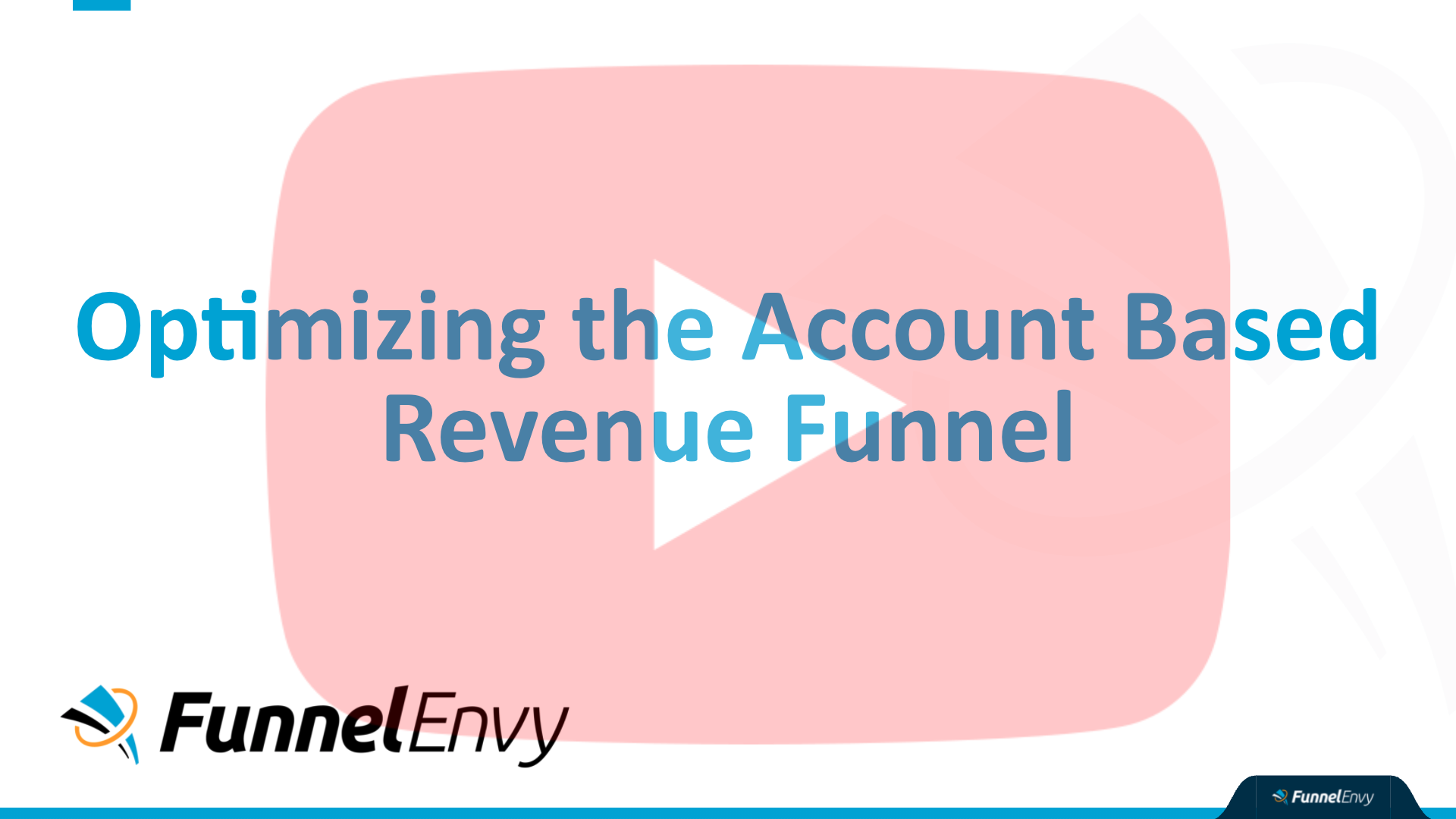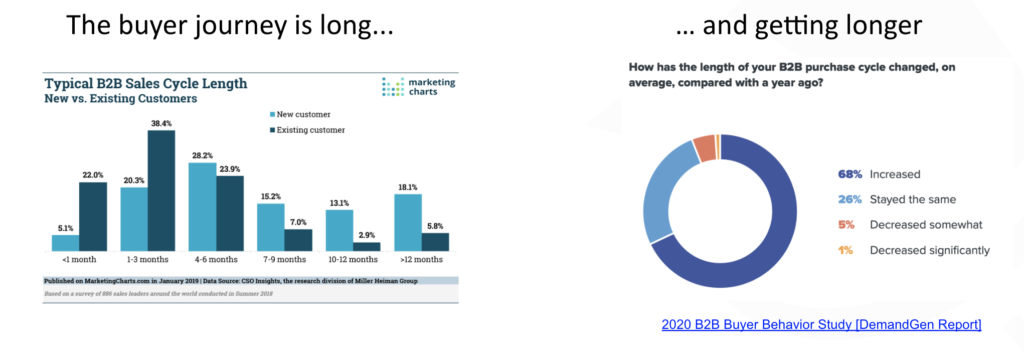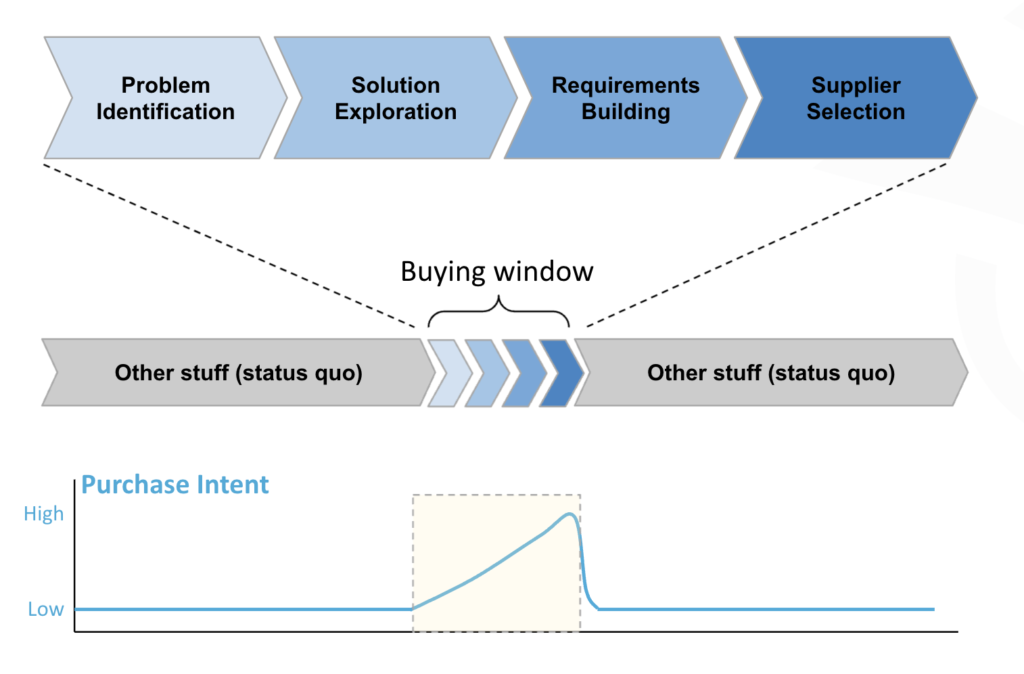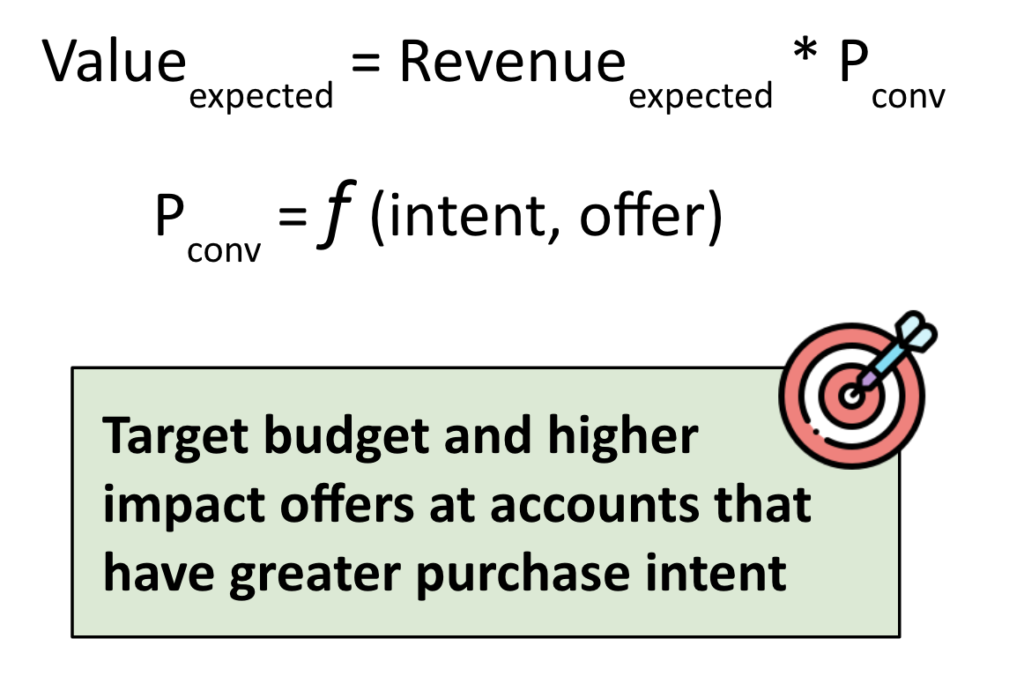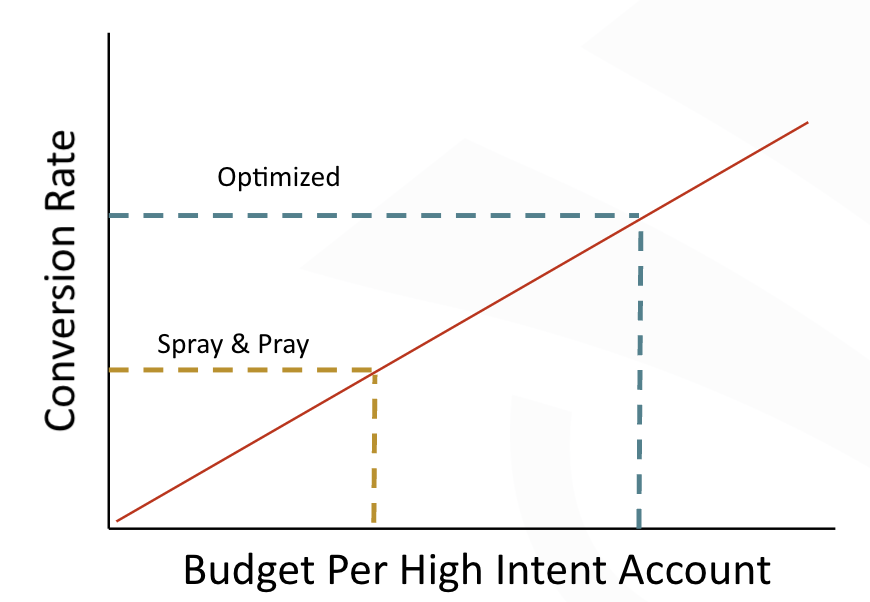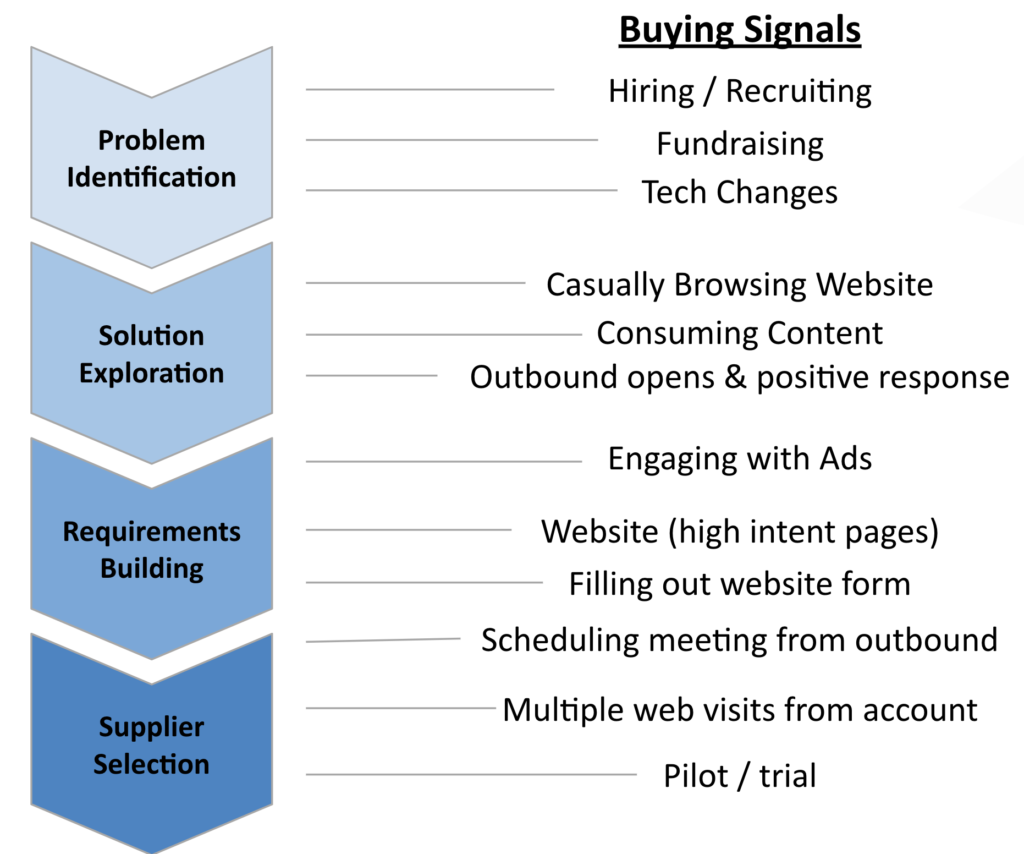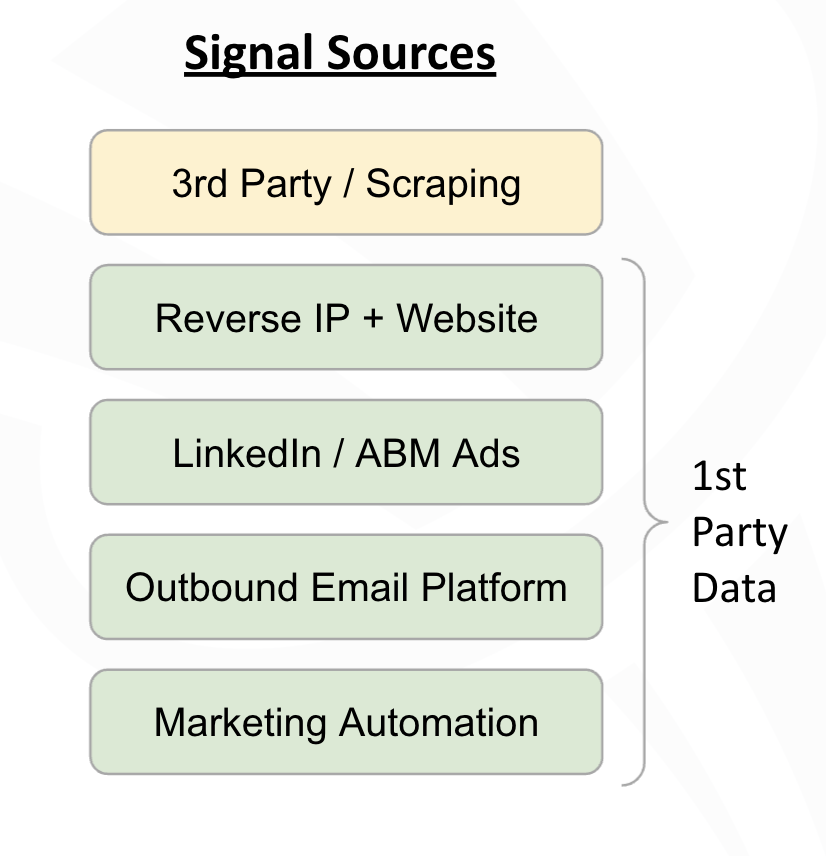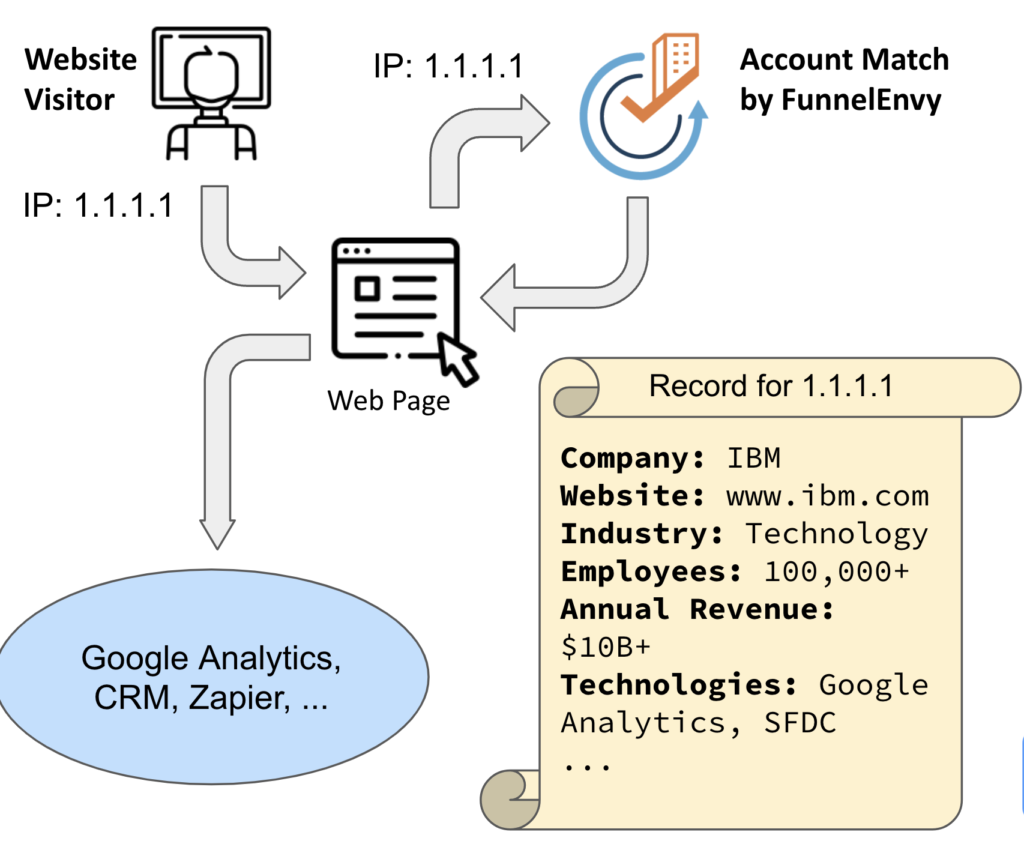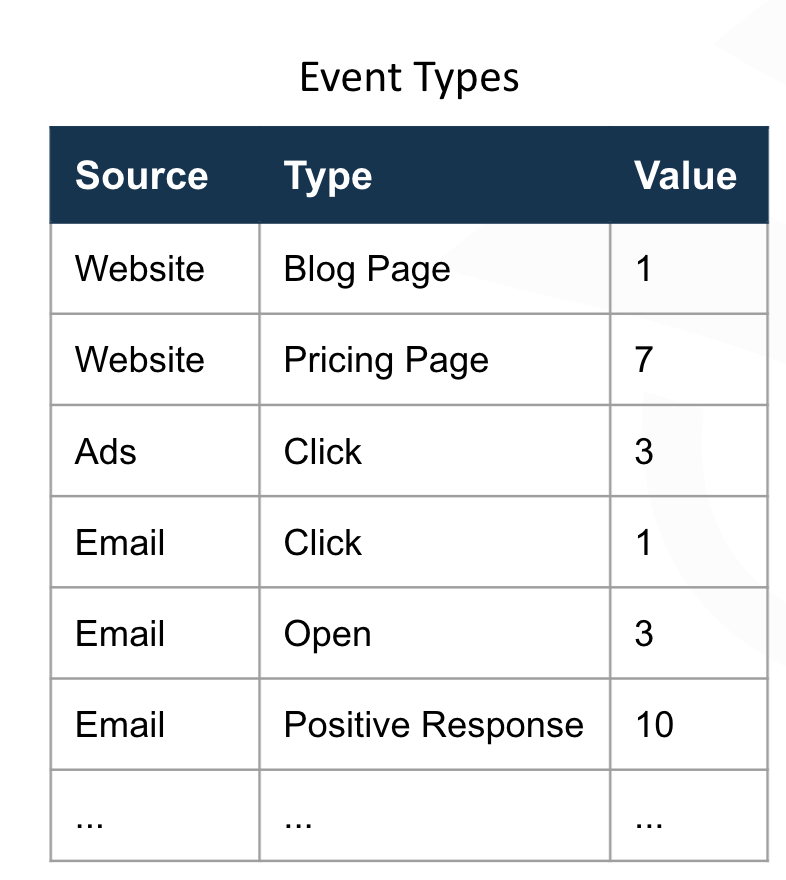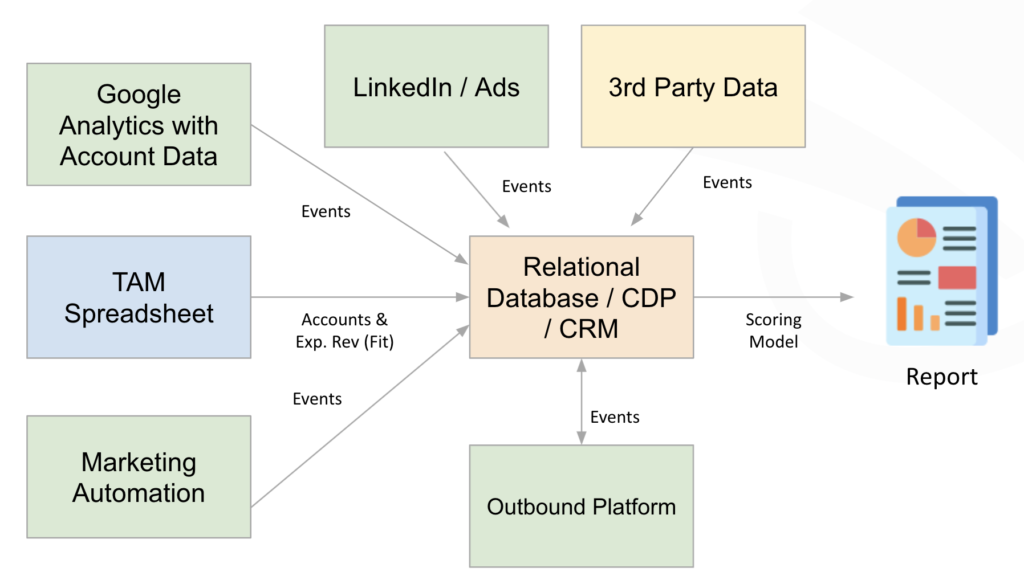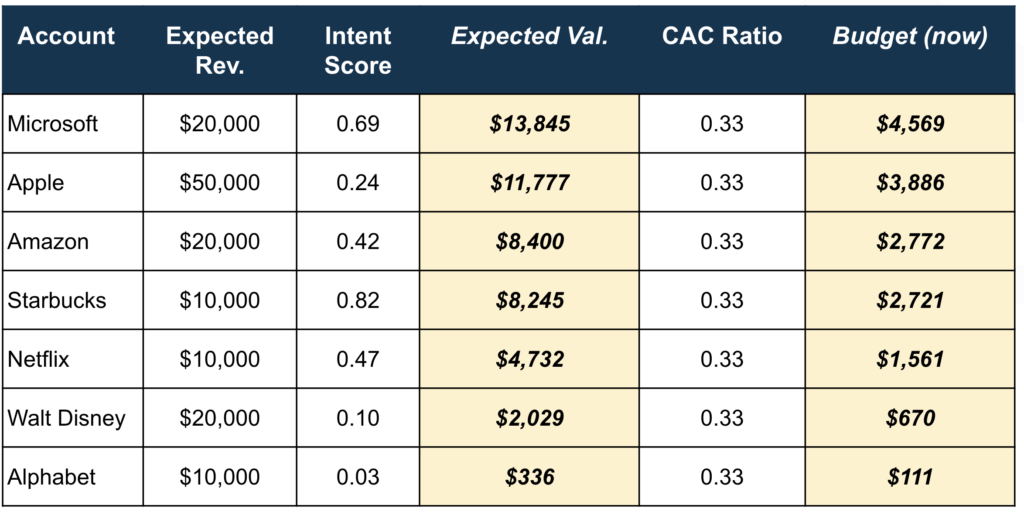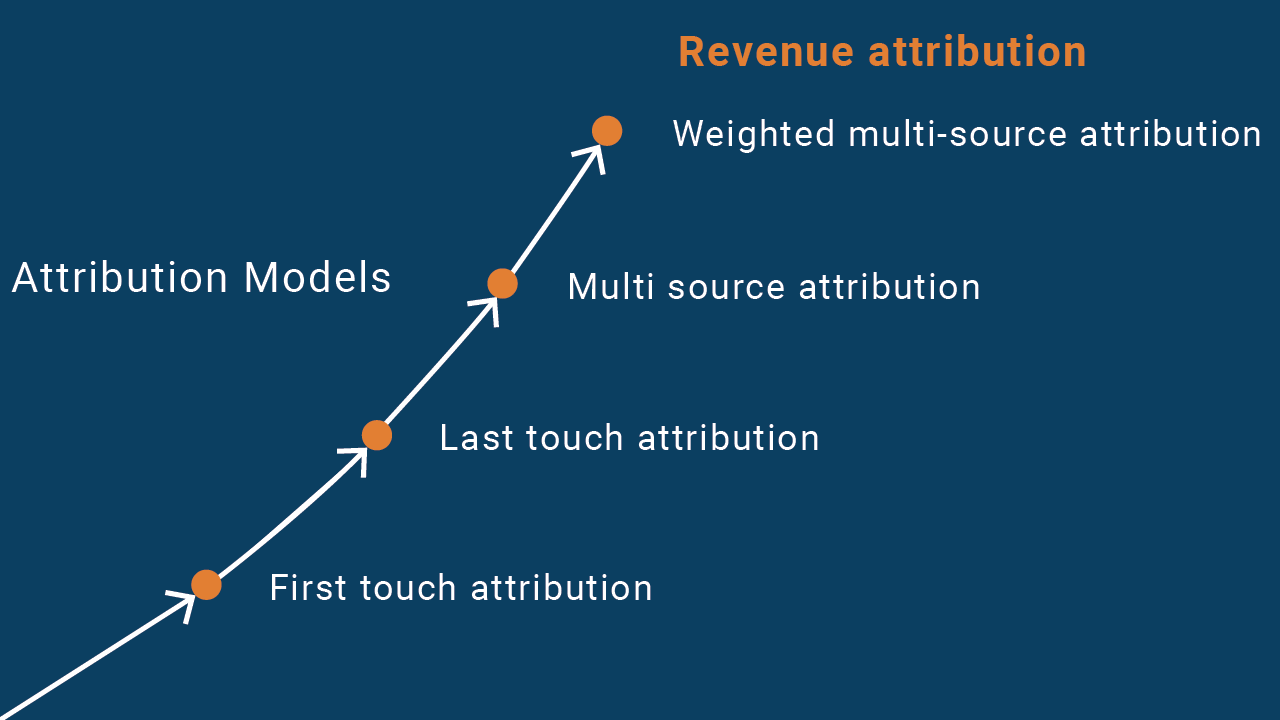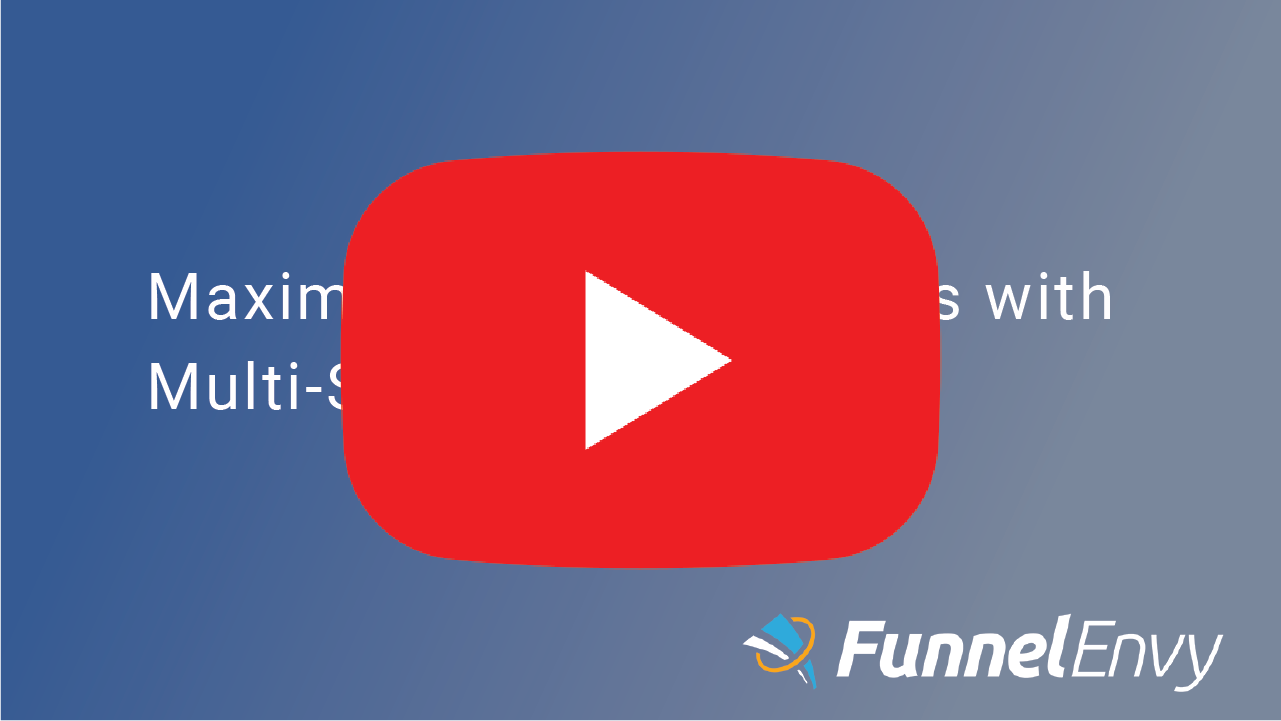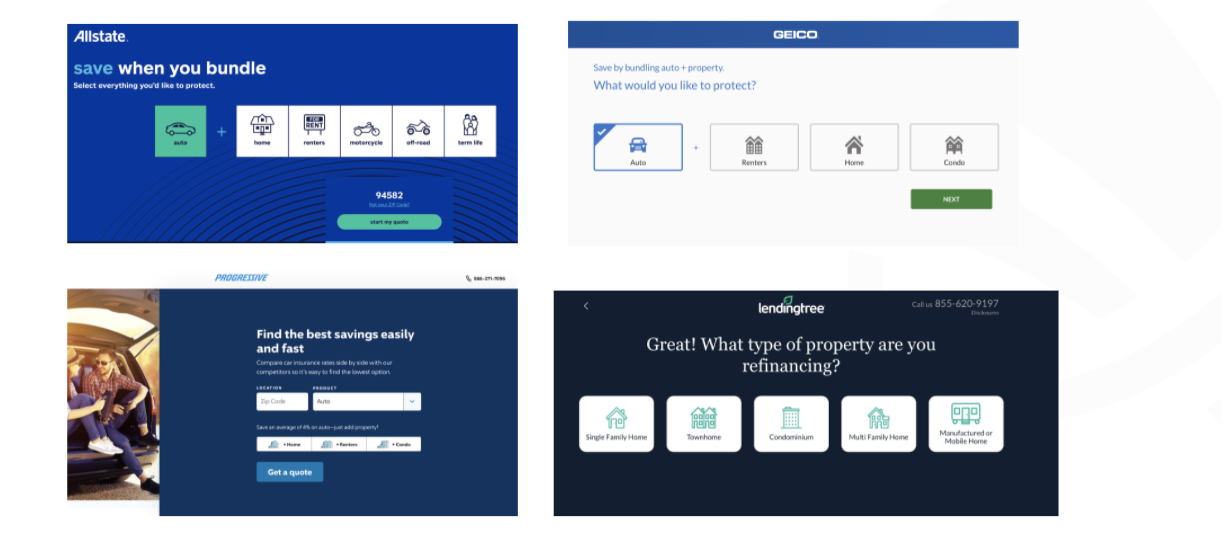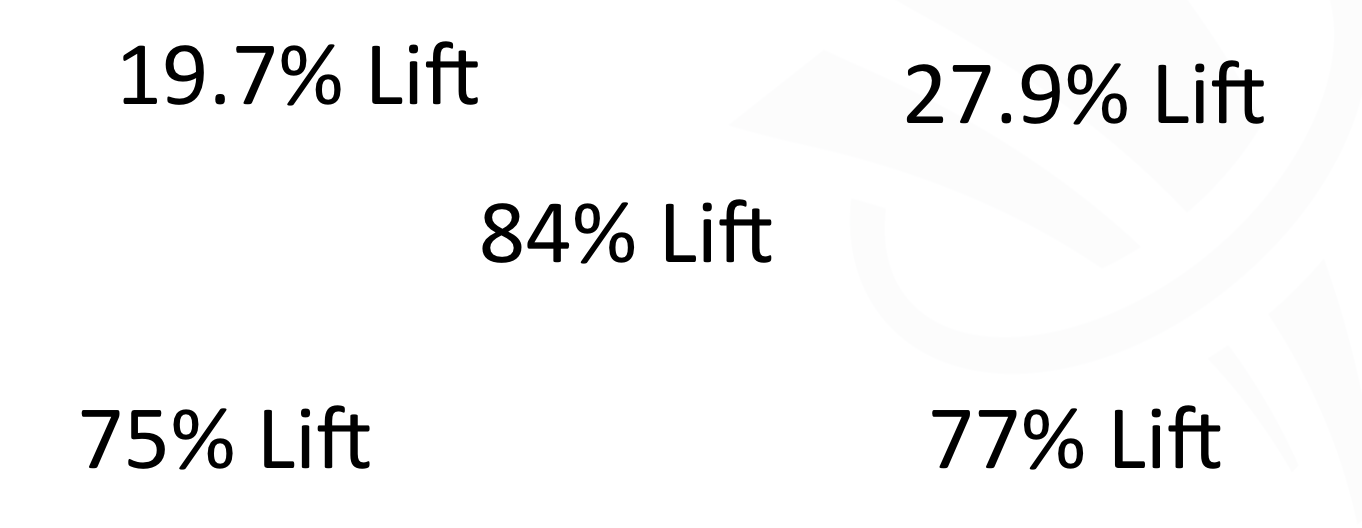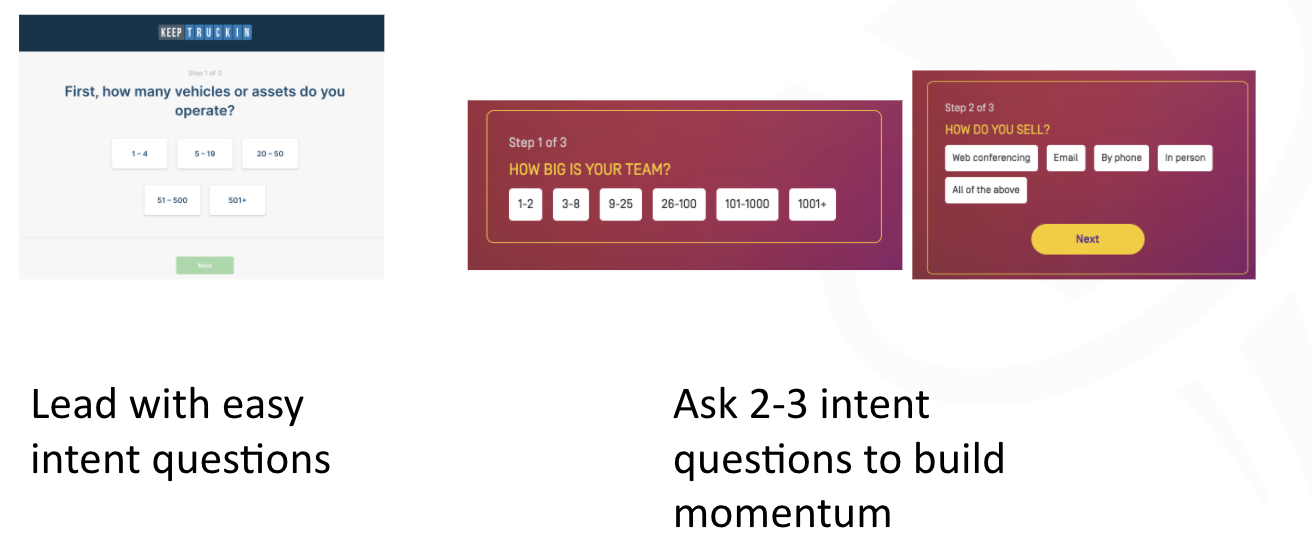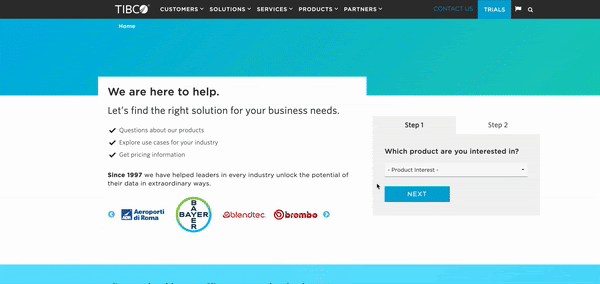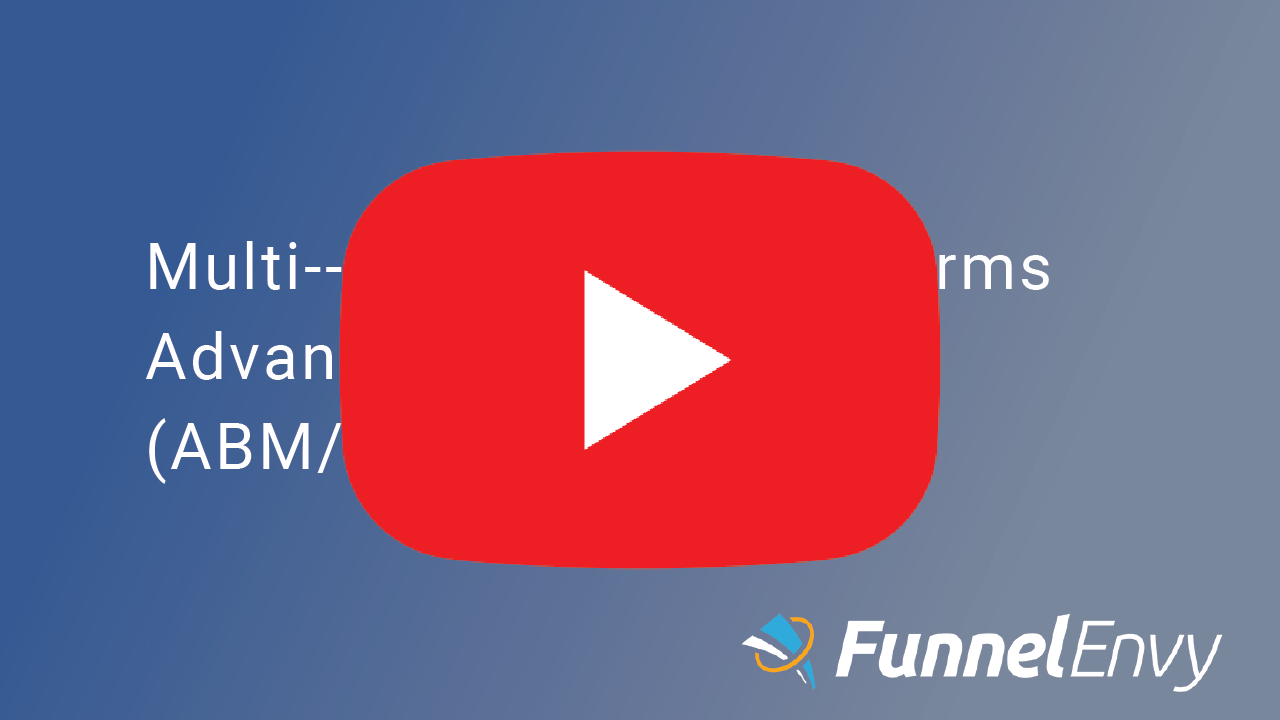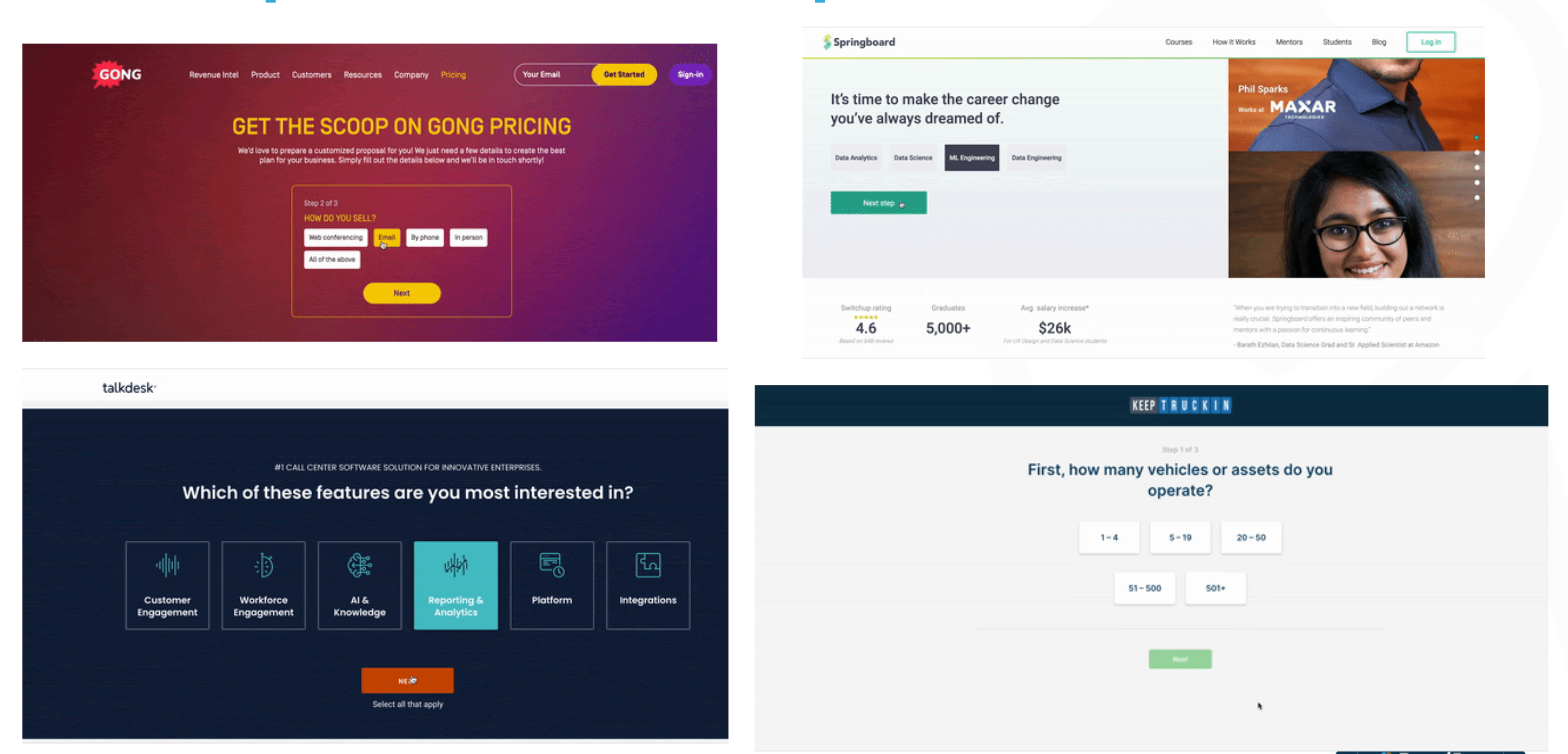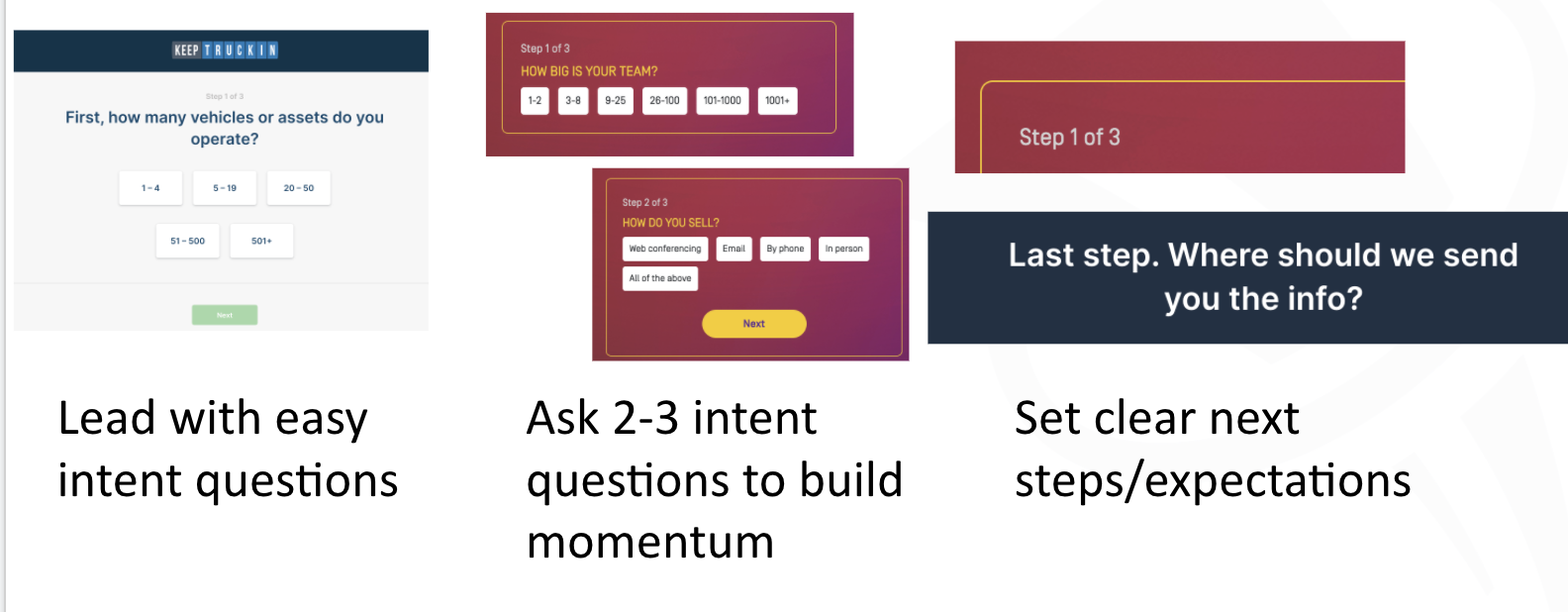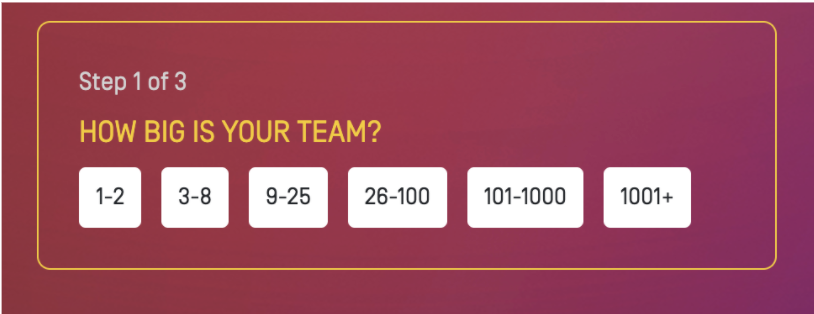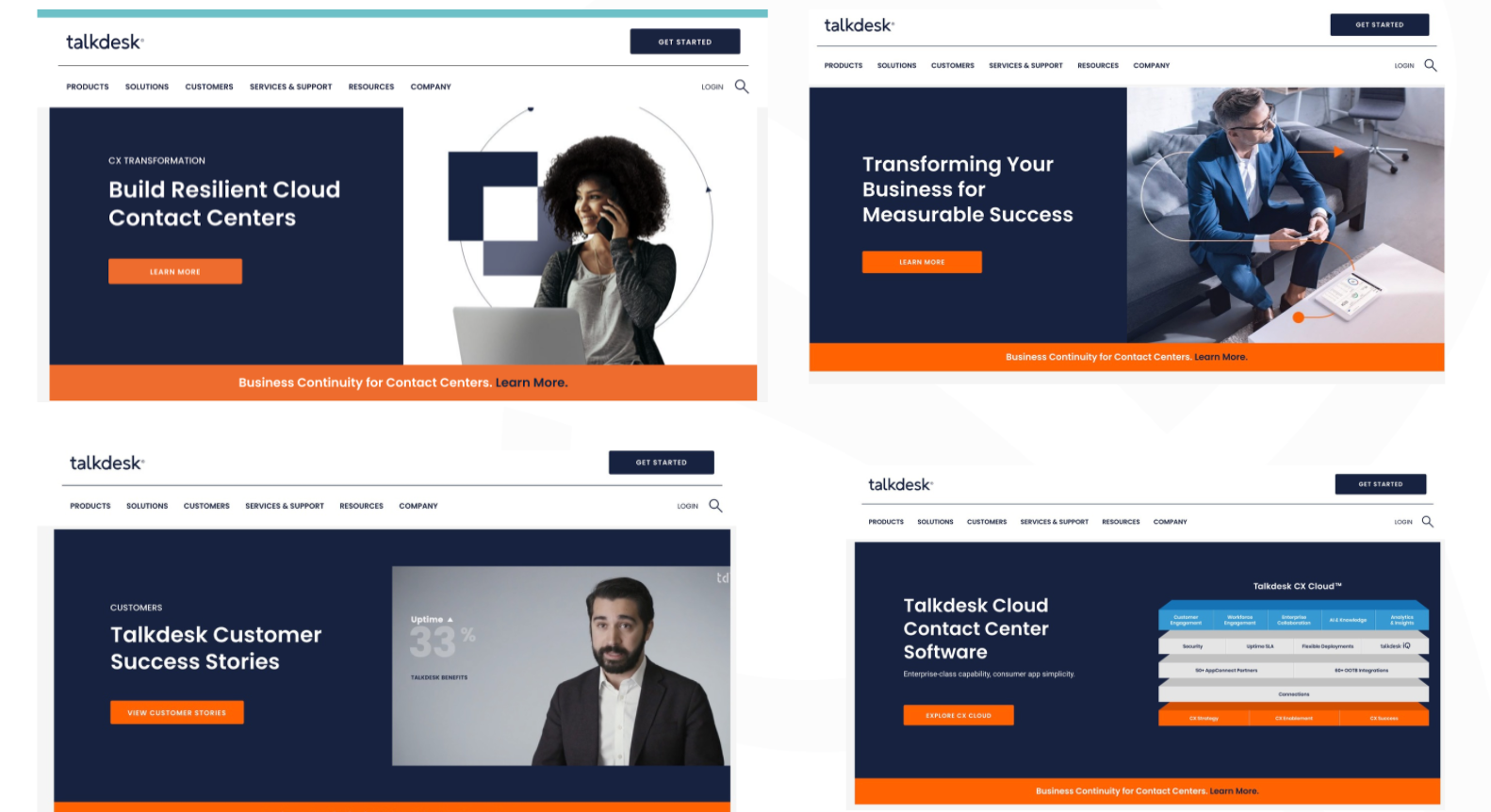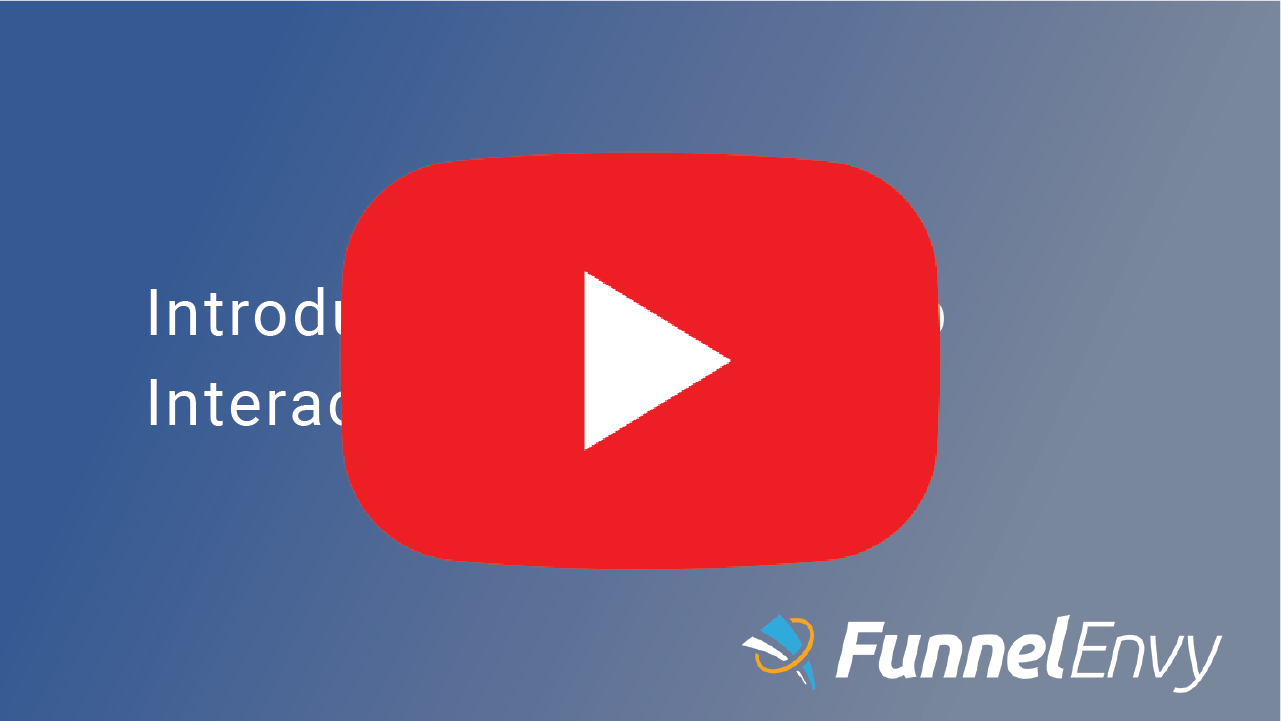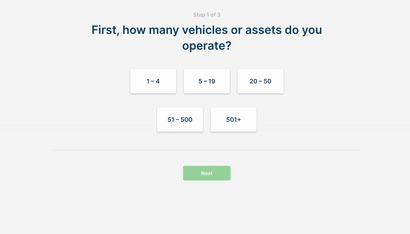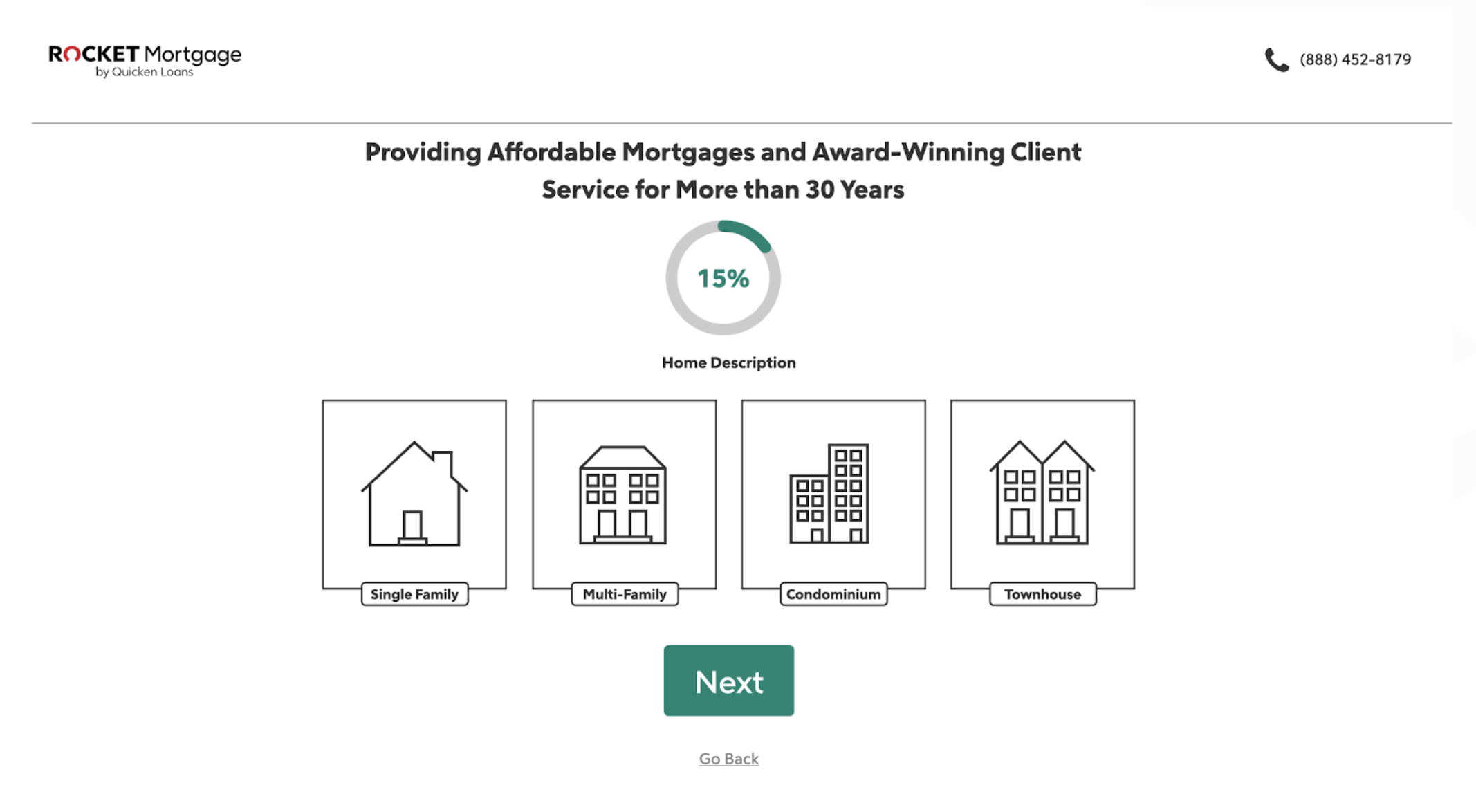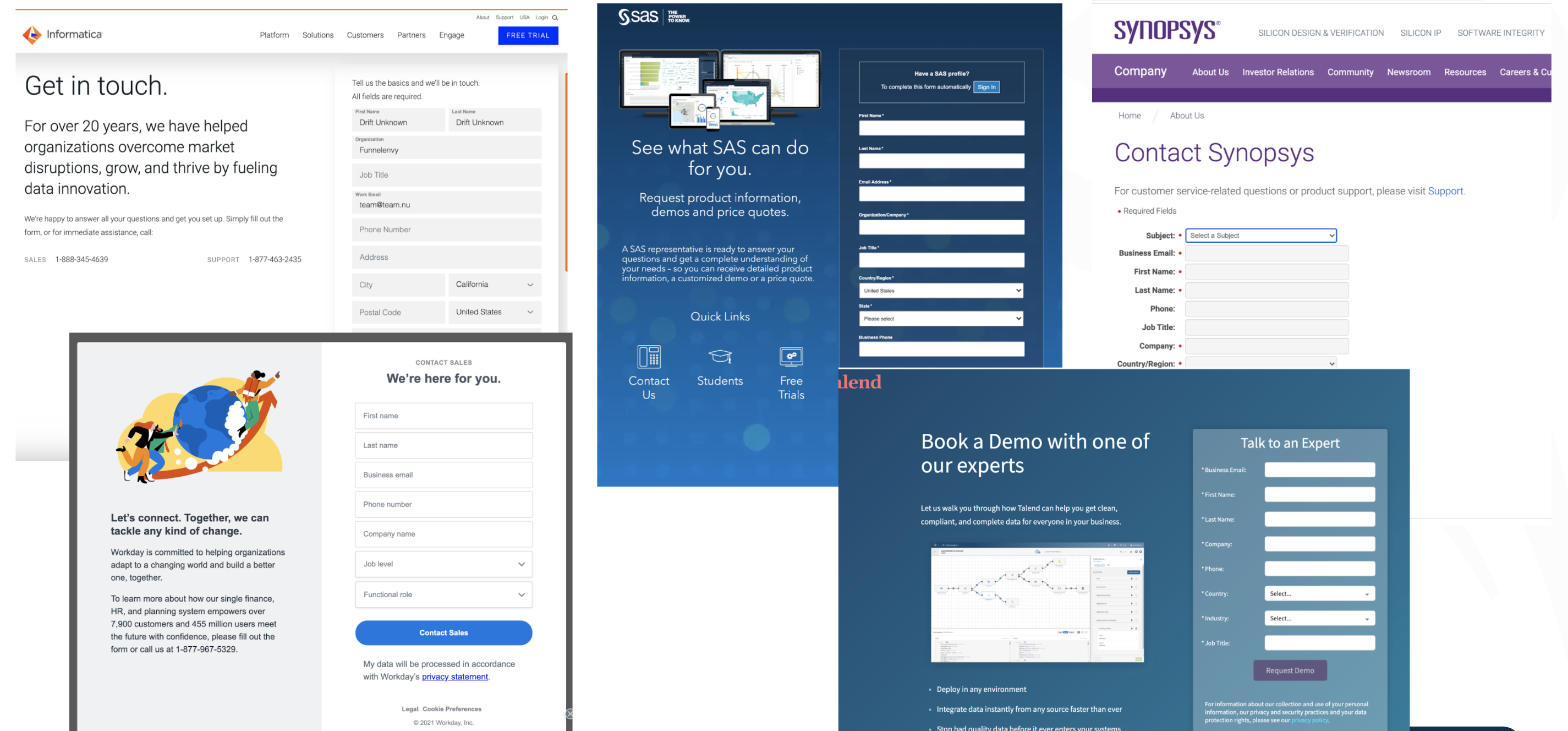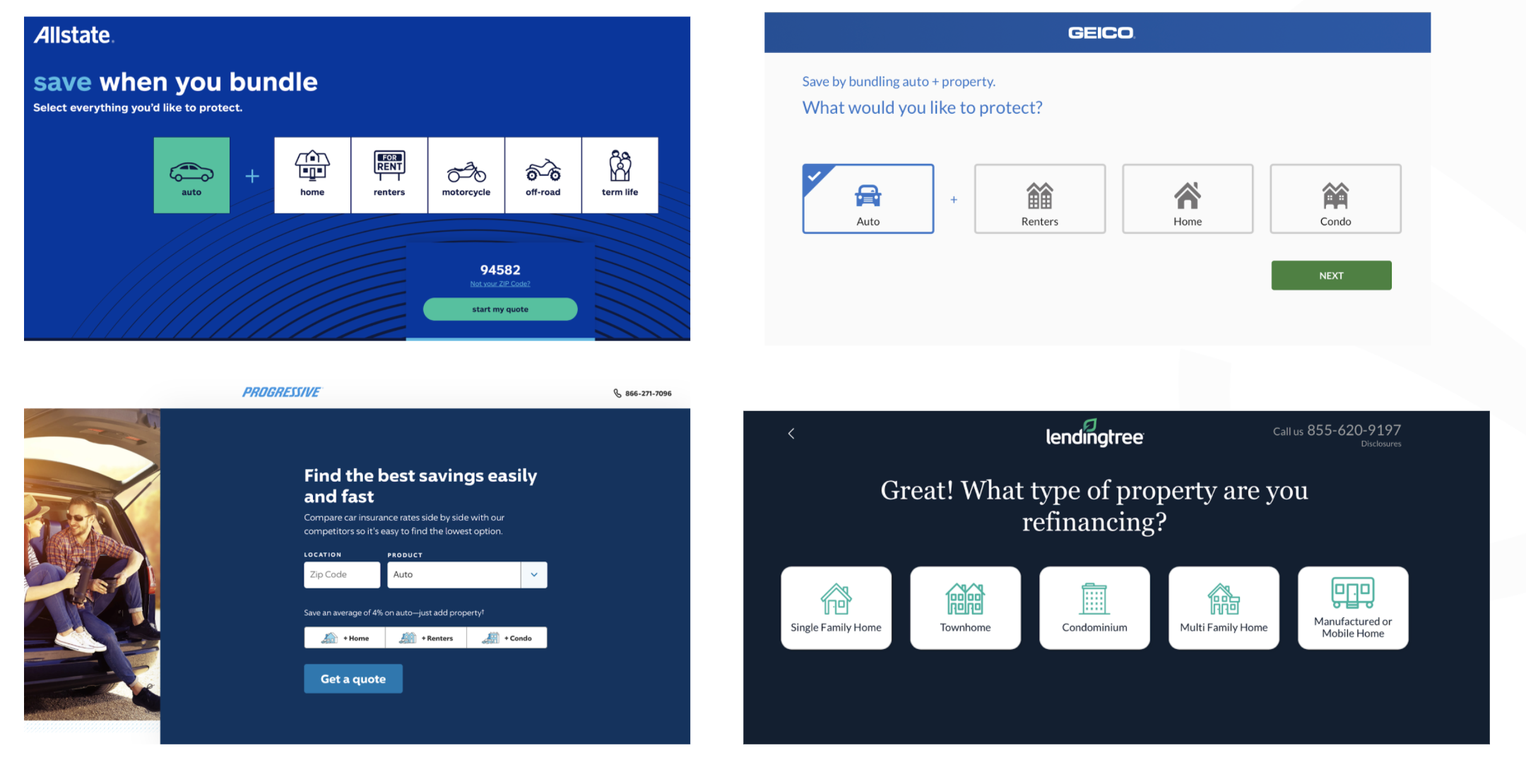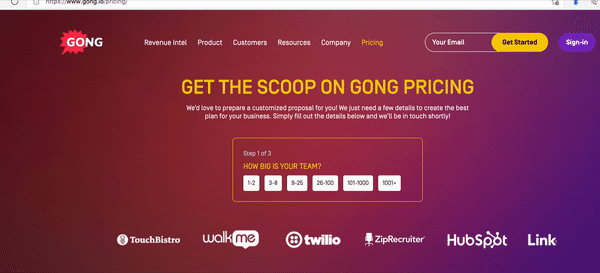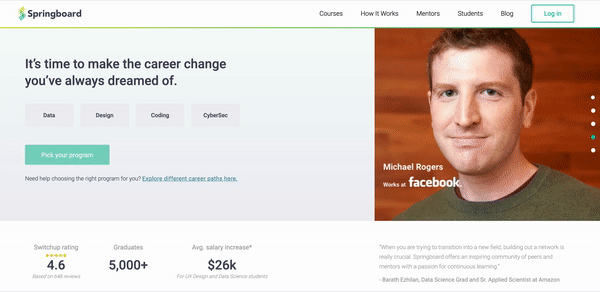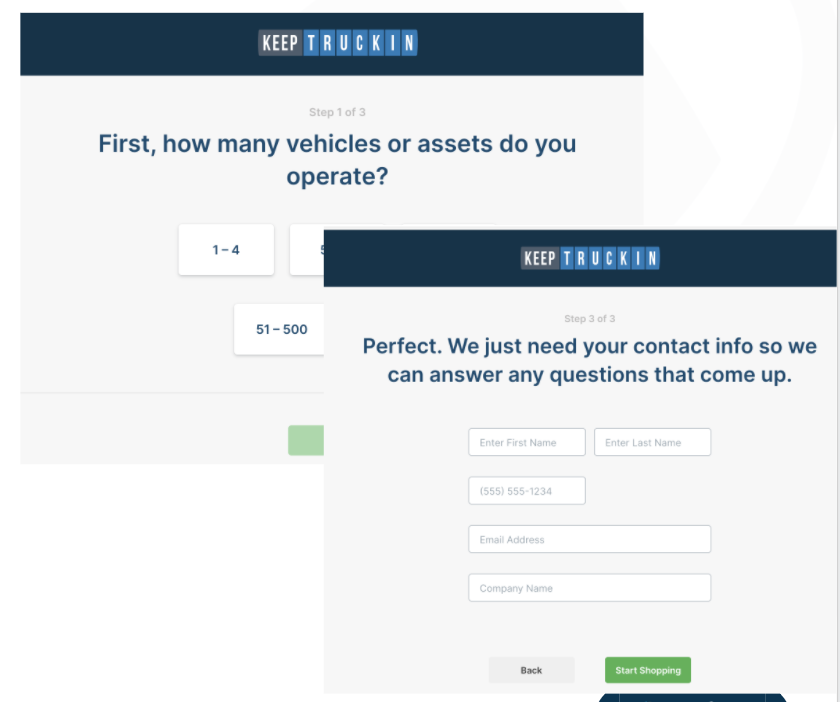5 Mistakes in Your Inbound Funnel
For years, author and human biohacker Tim Ferriss (of “The 4-Hour Work Week” fame) has touted the benefits of creating a “Not-To-Do” list. He reasons that we sometimes fill our time with things that might feel important at the moment but don’t help us achieve our broader goals. As Ferriss succinctly puts it: “What you don’t do determines what you can do.”
The same idea can apply to your inbound marketing funnel. Like people, B2B marketing funnels are extremely complex, and each is slightly different. However, based on experience, there are common mistakes to avoid if you want your funnels to run as smoothly as possible.
Not Knowing Your Numbers
For your funnel to work optimally, you need to understand all your metrics, from the most basic numbers like clicks and views to more complex concepts like pipeline velocity. Both types can be just as important, depending on the situation and the kind of funnel you’re running. To get the best understanding of your marketing, you should have a good mix of both.
Another thing to remember about your numbers is that it’s not enough just to know them: you have to be able to identify patterns and use those patterns to make changes to the funnel. It isn’t a primary school situation where you have to memorize facts just to regurgitate them for a test. You have to link metrics to changes to your campaigns, even if they seem small.
You have to link metrics to changes to your campaigns, even if they seem small. Share on XTreating All Prospects in Your Funnel the Same
In a regular conversation, any competent digital marketer should be able to explain to you how prospects in their funnel differ from one another when they are in different stages of the buying journey. It’s a fundamental concept behind all of the best marketing funnels globally, especially in the digital realm.
Unfortunately, building, testing, and optimizing a marketing funnel to maximize results is more complex than having a basic conversation. When you add these complexities to the mix, marketers (particularly inexperienced ones) can sometimes lose their grounding in the buyer’s journey and focus on the immediate channel.
Doing this is common when companies engage in content marketing. This discipline isn’t laser-focused on converting a visitor into a customer or prospect the way others might be. With content marketing – typically in the form of blogging, organic social media, podcasting, or lectures – the aim is more to educate the reader on how to solve a problem. This goal is especially true in B2B. Enterprise software used for healthcare and legal businesses, for example, typically have a relatively long sales cycle with lots of factors and smaller sub-decisions along the way.
We see too many marketers approach their efforts to create elements of their marketing funnel in a way that doesn’t respect the differences between prospects at different stages. The difference can be subtle – it’s as nuanced as assuming that someone knows about a specific problem in their business or has already set a budget for how much they can spend on a specific solution. Refreshing your buyer persona may prove beneficial in fixing this issue.
Not Measuring the Right Funnel Elements
You’ll often hear traffic and other social media metrics, including likes and followers, derisively referred to as “vanity metrics” by some marketers. As the term implies, these metrics might look good on a PowerPoint slide during a monthly meeting, but they do little to help the business achieve any actual goals. While there is a debate over which metrics should be considered vanity and which are effective measures of profitable activity, it’s on you as a marketer to determine which is which.
Solving this challenge often comes down to carefully examining your core marketing goals. Are they tied to revenue, a certain percentage of product growth, or something else? Make sure there is a straight line between the marketing metrics you are tracking and how they impact these goals.
If you are tracking several vanity metrics, you don’t have to stop doing that completely. HubSpot provides an excellent list of vanity metrics and some alternative numbers to track. For example, instead of looking at blog post views, they suggest considering the post’s bounce rate (the number of users who leave your website without taking any action).
Trying to Do Everything on Your Own
Like many endeavors in our personal lives, from learning an instrument to getting in better shape, it’s much easier to make a marketing funnel successful when you have some outside perspective. There are many different ways to do this – your specific methods will depend on what your company sells and the kinds of clients you want.
Here are a few common examples that tend to be successful in our experience:
- User testing. Running experiments with people who are already customers or prospects of your company is a great way to evaluate your marketing funnel from the other side of the table, so to speak. The caveat here is you need to ensure you test the right users – typically the people closest to your ideal buyer persona – and a large enough sample size to ensure that your tests can give you sufficient data.
- Hiring a consultant. This approach usually involves paying a firm or individual consultant to evaluate your marketing funnel. They will observe you and your marketing team for a certain period, ask you some questions about your operations, and provide a final report that usually includes actionable recommendations to make your campaigns more successful.
- Outsourcing. Whereas a consultant simply observes and provides their evaluation and recommendations, outsourcing is when you bring on another firm to do the work involved in building and maintaining marketing funnels. The degree to which you can successfully outsource your marketing activities and the specific ones you decide to outsource may vary depending on the funnels you use. Hiring a creative specialist, for example, gives you an outside eye into your campaigns that might help you spice up a design or piece of content in a way that resonates with your target audience.
Conclusion
While it may not seem as glamorous of an approach as spending weeks crafting a perfect plan that you can triumphantly present to your boss or client, avoiding mistakes can sometimes be more prudent to find success with your marketing funnel. As we explained in the beginning, knowing what not to do can sometimes help clear the way for you to understand what you should be doing. In a marketing technology landscape more saturated than ever before with different tactics, platforms, and tools, simplification can be a huge ally in pursuing a successful funnel.
If you’re looking for some outside assistance with your inbound marketing, FunnelEnvy could be the right solution for you. Our team has many years of experience helping marketers with every step of their funnel creation, from devising a strategy to executing it and then reviewing the results to determine what worked and didn’t. Click here to complete a short quiz and learn more about our services.




